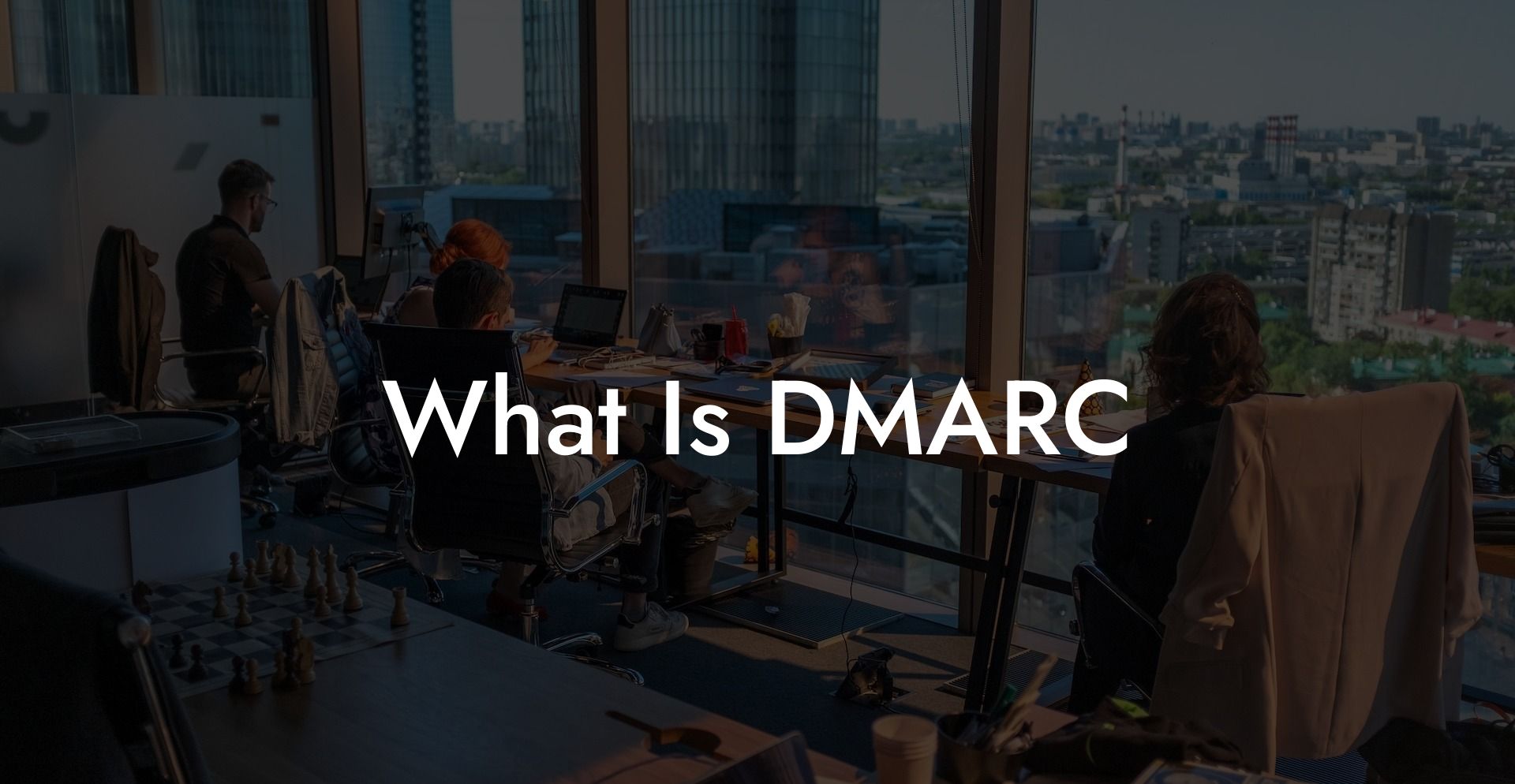In today's digital world, email communication plays an essential role in our lives. However, as we rely more and more on emails, the risks associated with email security threats like phishing, spoofing, and spamming increase exponentially. One such powerful and effective mechanism that can help businesses keep their email communications safe is DMARC. But what exactly is DMARC, and how does it work? In this blog post, we'll explore the concept of DMARC and its importance in the realm of email security.
What is DMARC?
Domain-based Message Authentication, Reporting, and Conformance (DMARC) is an email authentication and reporting protocol designed to protect against email-based threats like phishing, spoofing, and spammers. DMARC builds on the existing email authentication technologies, such as SPF (Sender Policy Framework) and DKIM (DomainKeys Identified Mail), to provide a comprehensive solution for email security. By implementing DMARC, organizations can ensure that their email communications remain secure and trustworthy.
The Importance of DMARC
Protect Your Data Today With a Secure Password Manager. Our Top Password Managers:
Email impersonation and phishing attacks are among the most significant security threats that businesses face today. These attacks can lead to financial losses, reputational damage, and loss of customer trust. DMARC offers organizations an effective way to protect their email channels and safeguard against these malicious attacks. Some of the key benefits of implementing DMARC include:
1. Enhanced Email Security
By implementing DMARC, organizations can significantly reduce the risk of phishing attempts and other email-based attacks. DMARC ensures that only legitimate emails from the specified domain are delivered to the recipients, minimizing the chances of fraudulent emails reaching the inboxes of unsuspecting users.
2. Improved Email Deliverability
Implementing DMARC can positively impact email deliverability. Since DMARC ensures that only authenticated emails are delivered to recipients, the chances of legitimate emails being marked as spam or getting blocked by email filters decrease. This leads to improved email deliverability and ensures that important emails reach the intended audience.
3. Brand Protection
Phishing attacks often target well-known brands and use their logos and email domain names to trick users into providing sensitive information. DMARC helps protect the brand's reputation by ensuring that only legitimate emails from the brand's domain are delivered to the recipients. This reduces the chances of brand impersonation and prevents malicious actors from using the brand's identity for nefarious purposes.
4. Enhanced Visibility and Reporting
DMARC provides organizations with reports on email authentication results and information about the sender's domain. These reports help businesses monitor their email security posture and make necessary adjustments to their email authentication policies.
What Is DMARC Example:
Imagine that a cyber attacker is attempting to impersonate a well-known bank and send phishing emails to the bank's customers. The malicious actor creates an email account that appears to be from the bank's domain (e.g., support@fakebank.com) and crafts an email that closely resembles the bank's official email communication, asking customers to update their login credentials or provide other sensitive information.
Without DMARC in place, the phishing email may reach the customer's inbox, and the customer may unwittingly share their sensitive information with the attacker. However, if the bank has implemented DMARC correctly, the phishing email would fail both SPF and DKIM checks, preventing it from being delivered to the customer's inbox. Thus, DMARC serves as an essential security barrier, protecting the bank's brand reputation and customer trust.
In conclusion, DMARC is a crucial email security protocol that offers multiple benefits to organizations and their email communication. By implementing DMARC, businesses can protect against email-based attacks, improve deliverability, and safeguard their brand reputation. So, don't wait any longer – explore other guides on Voice Phishing and start taking steps toward implementing DMARC to secure your email communications today. Don't forget to share this post with your colleagues and friends to spread awareness about the importance of DMARC in today's digital landscape.
Protect Your Data Today With a Secure Password Manager. Our Top Password Managers:















